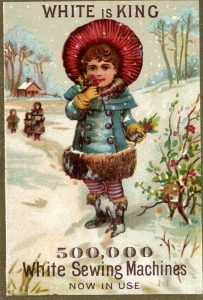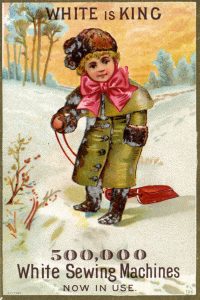“In the late ’60s, I had a high-school English teacher who was, shall we say, getting on in years, and she kept paintings of [Robert E.] Lee and Stonewall Jackson hanging on the wall of her classroom. What’s interesting about this is that the high school where she taught [R. J. Reynolds High in Winston-Salem] was the most successfully integrated institution I have ever known. Because the high school was located in the geographical center of the city, the student body was made up of black and white, rich and poor and middle-class kids. Because the Methodist orphanage was located across the road from the school, we even had orphans.
“It was a true cross section of society, but somehow everyone co-existed amicably, or the students did, at least. The administration and much of the faculty, especially the older teachers, seemed to view integration more grudgingly, as though it were a trick played on them. Historically speaking, of course, their behavior was unexceptional.
“Until the ’60s, our city had been two societies, one black and one white. I grew up with color-coded water fountains, a black balcony at the movie theater, and neighborhoods clearly segregated by race. African-Americans had their own cab and bus services. Before school integration, the only major social event in which both blacks and whites participated equally was the city’s Christmas parade, and even then there was no mingling. Black high school bands marched separately from white school bands.
“The Civil Rights movement changed a lot of that, thanks to the guts and determination of people like Dr. King. I seriously doubt that any teacher in any school in my hometown today has a picture of Robert E. Lee on the wall of her classroom.
“That said, I’m sure there are still teachers who would put up a portrait of Lee if they thought they could get away with it….”
— From “On MLK Day, Two Versions Of The South Collide” by Malcolm Jones at the Daily Beast (Jan. 19)













